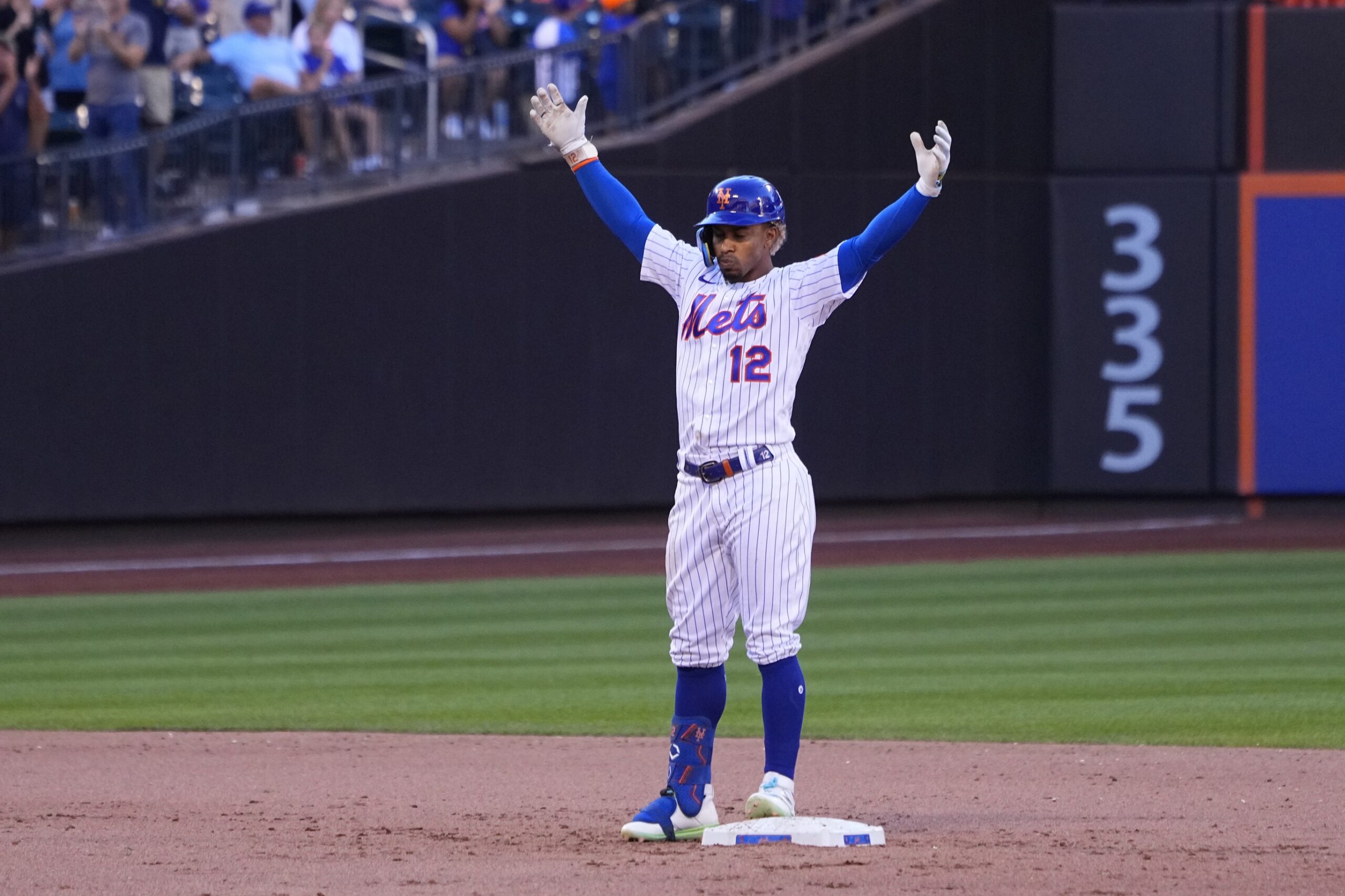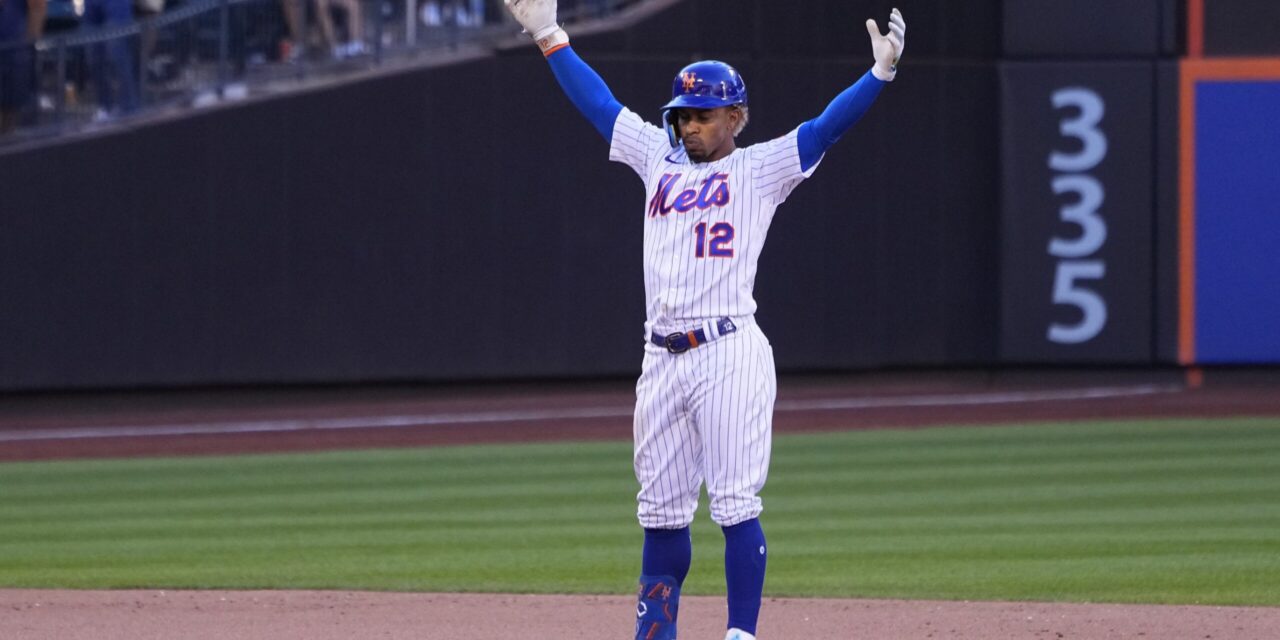
Gregory Fisher-USA TODAY Sports
America’s pastime has had some serious revisions during the 2022-2023 offseason.
According to Jesse Rogers of ESPN, MLB’s Joint Competition Committee has voted unanimously to make the extra inning rule permanent for all regular season games for 2023 and beyond, with post-season games remaining unaffected.
The “ghost-runner” rule was added to MLB during the COVID-shortened 2020 season to shorten games and attempt to have players spend less time around each other.
The rule puts a runner at second base at the start of the top of the tenth inning and continues until a team wins in extra innings. If the “ghost-runner” scores from second base, the pitcher on the mound doesn’t get charged with an earned run. The rule was popular amongst players, leading MLB to extend the rule for the 2021 and 2022 seasons, and now, for its permanent stay as of 2023.
While the rule may be unpopular with a large portion of fans, it has worked effectively. During the 2022 season, 223 regular season games went into extra innings, with only seven reaching the 13th inning.
In 2019, the last year in MLB before the extra runner rule, 24 extra-inning games went past 13 innings. The longest game in 2019 was a 19-inning, 413-minute affair between the Cardinals and the Diamondbacks. The longest game since the extra-runner rule was implemented was between the Dodgers and Padres on August 25, 2022, which lasted 16 innings and 349 minutes.
Along with the extra-runner rule, MLB also announced a new rule for position players pitching. Starting in 2023, position players will only be allowed to pitch if their team is up by 10 runs in the ninth inning, down by eight runs at any point, or in extra innings. In 2022, there were 132 pitching appearances made by position players.
The extra-runner and pitching rules weren’t the only rule changes MLB made this offseason. For the first time in 2023, MLB will add a pitch clock, restrict defensive shifts, and will increase the size of the bases. All five of these changes have been made by MLB to decrease the average length of games, which has exceeded three hours since the 2016 season.
















